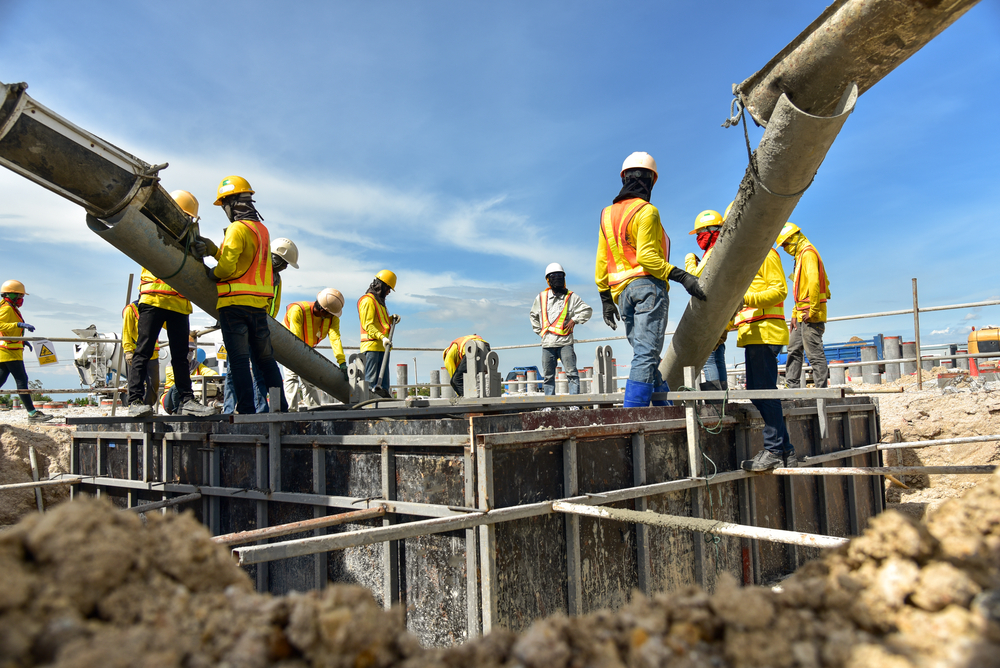As we approach another year, we as professionals ponder on the state of the construction industry and the direction it will be heading. So, what is this year in construction shaping up to look like?
An Upward Climb
The construction industry is expected to continue its growth trajectory in 2023, with an increase in construction spending and nonresidential construction activity. As a result, contractors and developers are likely to have more opportunities to bid on and win new projects, and to see an increase in their revenues and profits.
According to a report by the Associated General Contractors of America (AGC), construction spending is projected to reach $1.3 trillion in 2023, a 4.5% increase from 2022. This growth is driven by factors such as low interest rates, a strong economy, and an increasing demand for housing and commercial properties.
It Takes Skills to Pay the Bills
However, the industry is also facing some challenges that may impact its growth. One of the major challenges is the shortage of skilled labor.
The AGC reports that nearly 80% of construction firms are having trouble finding qualified workers, with many skilled workers nearing retirement age and not enough new workers entering the industry.
This shortage could lead to delays and cost overruns on construction projects.
The Cost of Provisions
Another challenge facing the construction industry is rising material costs. The prices of steel, lumber, and other materials have been increasing in recent years, driven by factors such as tariffs, natural disasters, and supply chain disruptions. This trend is expected to continue in 2023, which could lead to higher project costs for contractors and developers.
Keeping up with the Digital Age
Technology and sustainability are becoming increasingly important in the construction industry. Building owners and developers are prioritizing energy efficiency and smart building features, such as automation, connected systems, and renewable energy sources. This trend is expected to continue in 2023, with more construction projects incorporating these technologies.
Additionally, the industry will see more adoption of Building Information Modeling (BIM) and other digital technologies that can help improve collaboration, reduce waste, and increase efficiency.
Industry Implements New Practices to Become Eco-Friendly
People are turning to more sustainable and eco-conscious business practices and placing greater pressure on companies to lower the carbon footprint within their respective industries. This increasing global focus on climate change could push construction companies to factor sustainability in all of their future projects and tasks.
In fact, a report published by Deloitte shows promoting sustainable design, development, and construction practices, encouraging the sustainable use of resources and new materials, reducing energy consumption, reducing waste generation and encouraging responsible disposal of waste 60%, and sourcing low-carbon energy as the top priority of construction companies within the United States.
Conclusion
The construction industry is expected to continue its growth in 2023, but it will also face some challenges such as a shortage of skilled labor, rising material costs, and an increased focus on technology and sustainability. Construction professionals and those considering switching companies should stay informed about these trends and be prepared to adapt to the changing industry landscape.
For more information on the future of the construction industry, click here






